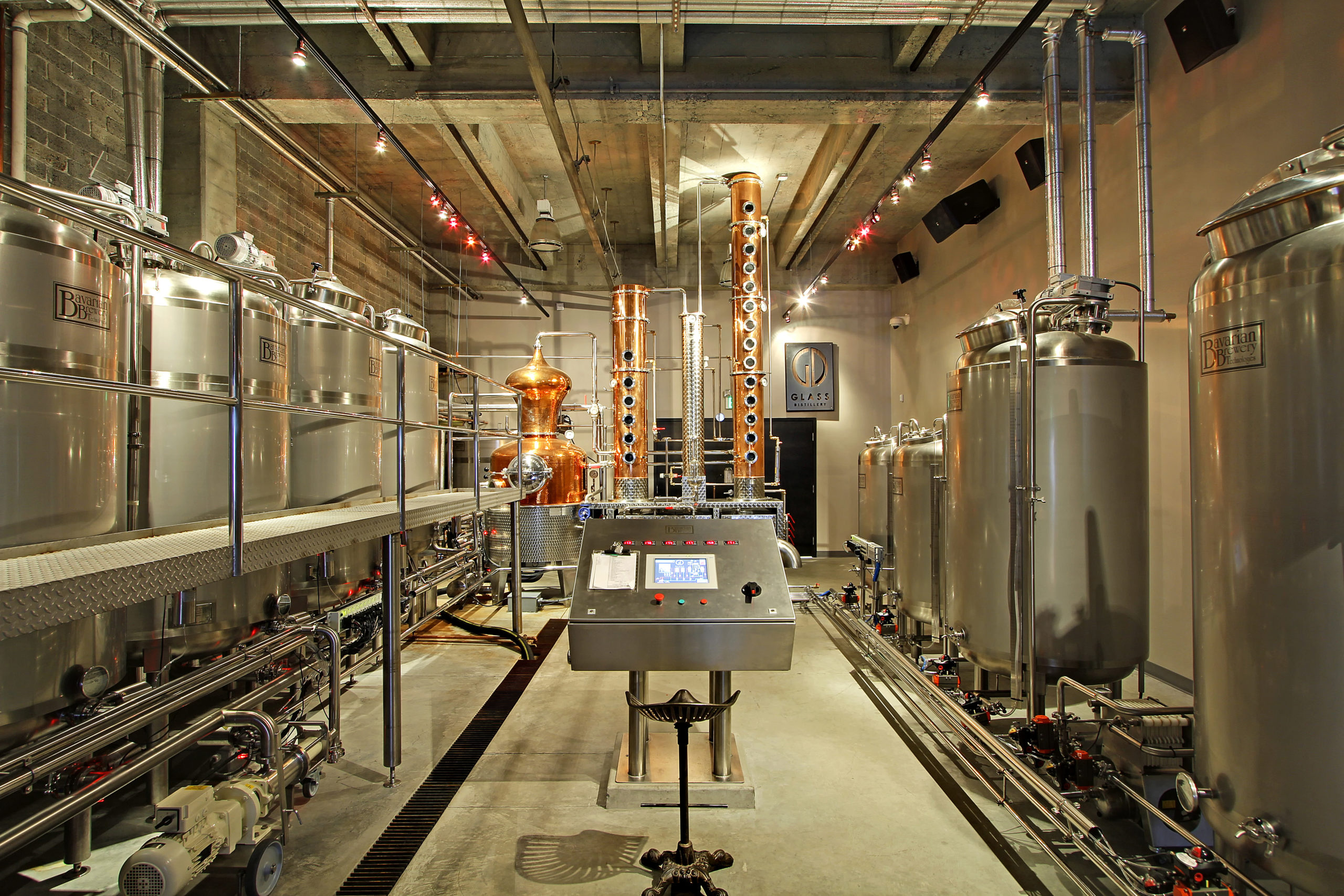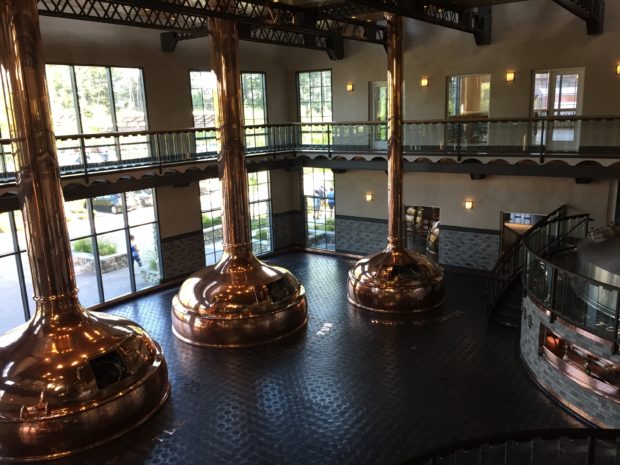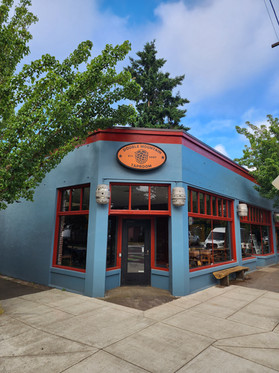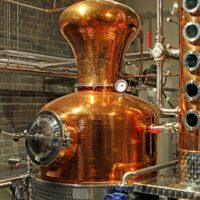
With the beer industry in the United States skyrocketing in recent years, efficient brewery design is more relevant than ever. Craft beer has gone from a hobby embraced by a few to a regular fixture in America. According to America’s Beer Wholesaler Association in 1983 there were 49 breweries nationwide, and at the end of 2019 there were over 6,400. In 2019 alone the U.S beer industry shipped the equivalent of more than 2.8 billion cases of 24-12 ounce cans. (“Industry Fast Facts.” NBWA, 28 July 2020)
With the craft industry explosion the question arose, what sets a craft brewery apart today with the ever growing competition? Looking at different efficiencies, business models, and philosophies I interviewed 5 brewers from various northwest breweries located in Washington and Oregon to get an insider’s perspective into the process.
Making your brewery more efficient
When interviewing the brewers I would start off the conversation by asking a simple question:
“If you had to name the three most important design elements a brewery should consider when starting new, what would they be?”
Almost all of them immediately answered, “Water!”
Beer is 95% water, meaning that you use vast amounts during the process, especially if you happen to be as large as Elysian, Pfriem or Georgetown.
Matt Johnson from Pfriem in Hood River explained not only do you need a lot of water, but you also need it at varying temperatures throughout the brewing process. Implementing systems that heat water passively while cooling down other tanks is a great way to increase your efficiency.
“Breweries use a lot of water, so you need to be able to generate hot and cold water for different processes. Here at Pfriem we use a tube and shell, similar to a heat exchanger. This allows water to be heated really quickly. A lot of breweries run out of hot water throughout the day and this makes it easier. Hot water has to be at 170-180 so having this on demand can be difficult.”
Efficient brewery design does not just stop with water though. Thinking out of the box and getting creative on how to recycle resources not only saves time but money as well. Maui Brewing in Hawaii is trying to be the first off the grid brewery. One of their unique systems involves capturing CO2 from the fermentation tanks and cleaning it to carbonate their beer along with using solar panels, wind turbines and other sustainable practices.
Anytime you can use your environment to support what you’re trying to achieve, it cuts down on resources as well. AJ Baird from Elysian talked about how breweries in Germany hundreds of years ago would put their cellars underground or in caves to achieve constant temperatures, and a handful of them still do it to this day.
Building renewable energy systems doesn’t always have to be expensive. One thing that not all Brewers know about when starting a brewery are purchase power agreements. Breweries can partner with a 3rd party company to install renewable energy sources, such as solar or wind, and then buy that generated energy at a lower cost than the local utility companies charge.
Brewery layout: Linear schemes are the most common layout and the most efficient. Conceptually each step along the brewing process is sequential to cut down on time and transportation between each step. You want to go from the brew kettle to cellar fermenters to packaging to cold storage. Doing this ensures that your beer is doing the least amount of traveling as possible, cutting down on resources, hours, and cost of equipment (running lines and pipes).

What makes Breweries less efficient?
When asking the brewers this question I got a wide variety of answers but the one commonality was Plan Accordingly. Many breweries have run into the problem of becoming too popular too fast and not having the infrastructure to support it. When talking to Matt Swihart from Double Mountain this was their experience. When they became more popular and started to distribute more, they needed more warehouse space to store their packaged beer. Unfortunately, the closest space they could find to their brewery was a warehouse about 3 miles away. This results in them trucking lots of beer back and forth using time and resources that could be spent elsewhere.
A good example of a brewery that took the time to properly plan and prepare is Sierra Nevada. They recently opened a new location in North Carolina that brews about the same amount as their flagship brewery in Chico, California. But because it was planned thoroughly from the beginning, along with using sustainable systems, they were able to cut down on 30% of wastes and resources than the one in California.
Scaling your brewery proportionately also goes along with this. If you’re producing more beer you have to be able to package and store more as well.
“Even if you have a kickass brewing system that can brew a lot of beer, if you don’t have a good system to package or store… it slows down productivity drastically”.
Dan Lee from Odin Brewery
Slope the floors! The brewing process is a messy one and requires a lot of cleanup at the end of the day. Not having proper drainage adds lots of time to the cleaning process. For adequate drainage it’s suggested that the floors be sloped at a 4% grade.
Brewery maintenance is another big one that can easily be prevented with efficient brewery design. Once a brewery hits 4 years the equipment starts to wear out from the intensive use it takes. Setting up a preventative maintenance schedule will help you avoid a major shut down when something breaks.

The Business of Beer
According to Brewers from Breweries big and small, the craft brew industry has exploded over the last 10 years. Due to this explosion in the industry, breweries have had to react and adjust accordingly. Dan from Odin brewery explained that when he started his brewery in 2009 they were the 118th craft brewery in Washington State–by late 2019 there were well over 500 breweries in operation.
This means more competition for getting your beer into stores, restaurants and bars. The old business model was to get the cheapest warehouse you could find with the highest ceilings for big tanks and pump out as much beer as you could. But over the last 5 years the breweries that have been the most successful are ones that really focused on having their own retail space, whether that’s just a tap room or a full service restaurant. Profit margins are much larger when you’re serving your beer at your own location because you don’t have to pay a distributor or for packaging.
Dan suggests that every brewery should invest in their own canning line and to avoid mobile canning lines that are inherently unstable. Mobile canning lines target small breweries with small production. When using a mobile canning service your distributor won’t be taking less money and you have to pay the mobile service. So small breweries might end up losing money using these mobile services. Dan suggests that the only time it makes sense to use one of these mobile canning lines is for a small amount of time in order to get your name out there.
Additionally, breweries can avoid inefficiency by purchasing quality equipment at the get go. While brewing equipment is very expensive, there are a lot of options out there. Our takeaway? Talk to 3 or 4 other brewers that have experience working with the equipment or machine that you’re interested in to ensure that it’s going to work for you and your team.
Breweries that do not plan for the future tend to run into expensive renovations or hindered work flows. Efficient brewery design is part of planning ahead. Consider building bigger than what you currently need from the start. Envisioning your business 5-7 years down the road will give you the flexibility for thoughtful and incremental growth in the future.
Conclusion
After talking to the different brewers from all different backgrounds there were three similarities that they believed led to a successful brewery. First and foremost, efficient brewery design is crucial to sustainability. Be sustainable, whether this is recycling water or adding wind turbines or solar panels. Being sustainable results in being profitable by cutting down on resources and hours used to perform the different tasks.
Plan accordingly. Planning for the future of your brewery at least 5 years ahead of schedule ensures that your business will grow at a sustainable rate and not run into planning issues. A common issue for a lot of breweries is growing too fast and not being able to keep up with production and distribution.
Invest in a canning line. During the pandemic, brewery taprooms and restaurants were forced to get creative in order to survive. Breweries with their own canning system were able to stay afloat and profitable despite taprooms being closed through lockdown.



